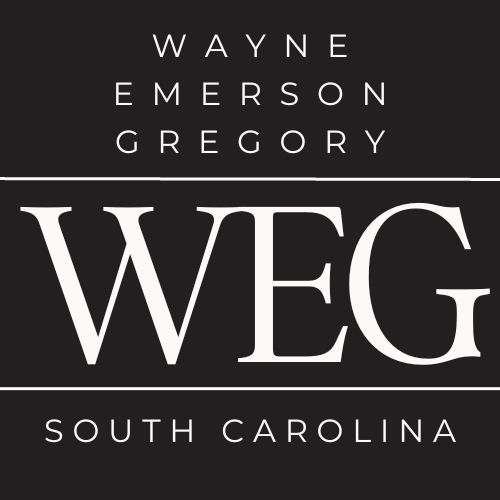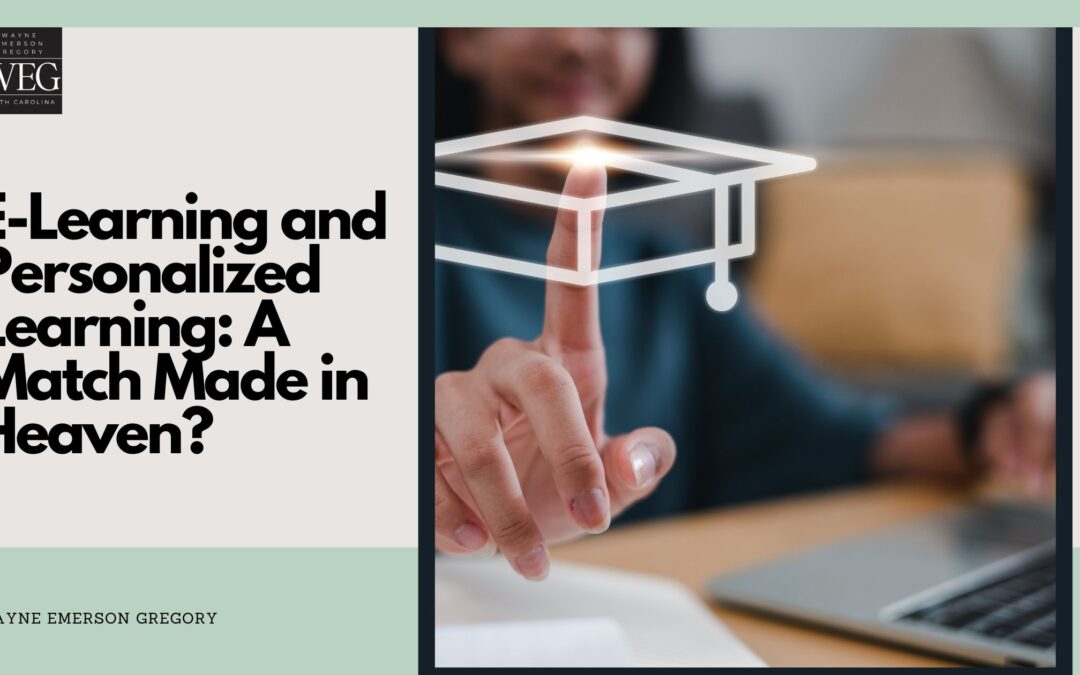E-learning and personalized learning have been gaining popularity in recent years as innovative educational approaches. While they may seem like two distinct concepts, they are complementary in many ways, and combining them can result in an efficient and engaging learning experience.
Personalized learning is a different approach to education that recognizes students’ unique learning needs and styles and seeks to tailor instruction and support to meet those needs. On the other hand, E-learning refers to the use of digital technology to deliver educational content and facilitate learning. When used together, e-learning and personalized learning can offer many benefits.
One of the main advantages of combining e-learning and personalized learning is the ability to provide customized content and instruction. E-learning platforms can use data analytics and other tools to track students’ progress, identify areas of strength and weakness, and deliver personalized content and support. This can help students to learn at their own pace, focus on their areas of interest, and receive targeted support where needed.
Another benefit of combining e-learning and personalized learning is increased engagement. E-learning platforms can offer a range of interactive and multimedia content, such as videos, games, and simulations, which can engage students and make learning more enjoyable. When coupled with personalized learning, where students have more control over their learning, they are more likely to be involved and motivated to succeed.
E-learning and personalized learning can also help address equity and access issues in education. By offering personalized instruction and support, students who may have previously struggled can now have a way to learn that is best for them. Additionally, e-learning can be delivered remotely, which can help to overcome issues of physical distance and allow students to learn from anywhere.
However, there are also potential challenges when combining e-learning and personalized learning. One challenge is ensuring the technology is accessible and user-friendly for all students, regardless of their background or abilities. Another challenge is ensuring that the personalized instruction and support provided are high quality and effective in meeting students’ needs.
E-learning and personalized learning are two educational approaches that can be highly effective when combined. By offering customized content and instruction, increasing engagement, and addressing issues of equity and access, e-learning and personalized learning can provide a powerful learning experience. However, you should be mindful of potential challenges and ensure that technology is accessible and effective for all students. With careful planning and implementation, e-learning and personalized learning can be a match made in heaven.

